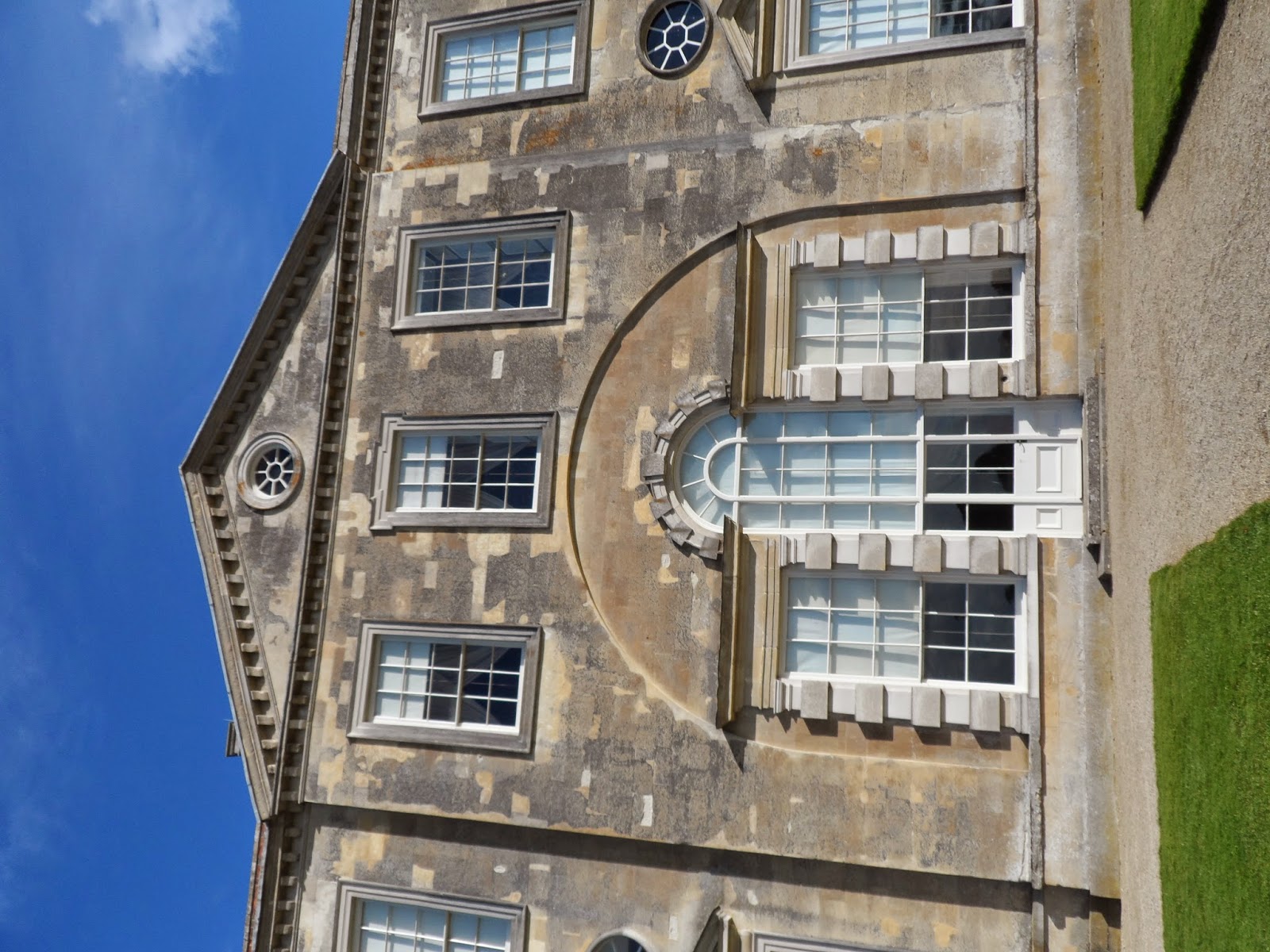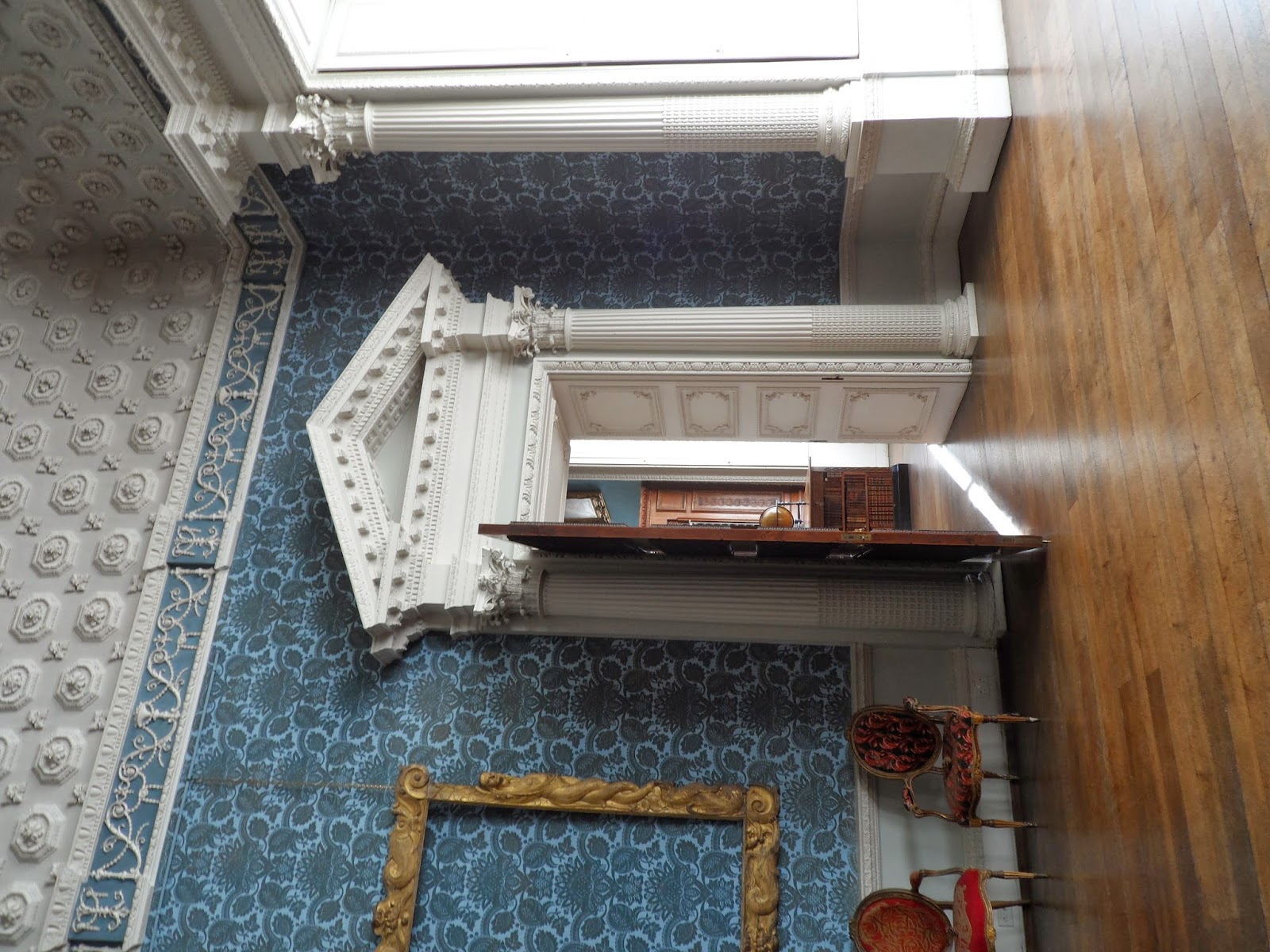We know that the collection is completely intact because one of the conditions of the handover to the nation was that it shall not be dispersed. Not by loan or sale.
I think that the most enjoyable aspect of the collection are the decorative arts. Of course, with paintings such as the Laughing Cavalier, I cannot say that the collection of fine art is of a bad standard - because it is not. However, the quality and beauty of the furniture and ceramics is (for me at least) more impressive. Whilst we have museums like the V&A and the Ashmolean in our vicinity which house amazing collections of this kind, I still enjoyed the Wallace Collection because it is so (relatively) small and (relatively) out the way.
During my degree I have been dragged around an awful lot of places and I find that in big museums the decorative arts take a back seat. Failing that, they'll be shut off to the public and you can only see them from 10 metres away (the King's Bed @ V&A for example). I've even been told off recently for walking on a carpet that was not sectioned off, and while I completely understand that the conservation issue, it is lovely to be able to literally sit underneath a Boulle table and have a thorough look from all angles. Something that is very useful for my course!!!
Another thing that was nice was the massive collection of Snuff Boxes, they're very cute and sparkly.
This is the staircase that you see immediately as you walk in through the main entrance.
All of the pictures above are of an Armoire. I wish that the Wallace Collection website was bit more thorough in their online catalogue but hey ho. I remember from my visit that most of the gems at the Wallace are attributed to Andre-Charles Boulle. Especially lacquer pieces, defined by their hard and glossy finish. Another important aspect used to describe not only pieces by Boulle but of others too, is 'Boulle marquetry'. Marquetry is found on countless pieces of furniture and the easiest way to explain it is that the surface of an object is 'marked' or otherwise engraved with foreign materials to achieve the desired, decorated, effect. It is generally done with other types of wood, or at least I have more seen examples of that. However, Boulle marquetry uses a type of metal, which along with the Lacquer leaves a luxurious finish.
Another Boulle piece, I think. Boulle was fashionable throughout the early 18th century until tastes changed in the middle of the century. However, there was a Boulle revival towards the end of the 1700s. Makes it fairly difficult to verify some attributions because of this.
Many museums and houses can boast that they have a sizeable collection of antiques. However, there are fewer who can say that the house has maintained the same decoration it has had for the past 200 years. I find that a lot of restorers aim to restore the house to the state it would have been prior to the 19th century - regardless of whether it was last used by a historical figure in the 19th century or not. Is 200 years ago not along enough to be interesting? I think so. All of the house is genuine. It looks how it would have done when Wallace and his wife would spend their time here. It is details like the chandelier that reminds us that every aspect is the same - do not keep your observations at eye level.
According to the Wallace they have the finest collection of Serves Porcelain in the world. However, I do think the understated collection of Waddesdon Manor is just as impressive in size. The difference in my eyes is that the Wallace have acquired a larger range of pieces with a larger variety of decoration.
My favourite piece of porcelain, ever. Look at the globe! This was once believed to have belonged to Marie Antoinette thanks to the M.A mark underneath it. However, it is thought now that the mark was deliberately forged to increase its value. Lovely nonetheless.
This is the poster that corresponds to the sale of Marie-Antoinette's 'Petit Trianon' in 1793.
Another Boulle piece.
Laughing Cavalier - Frans Hals, 1624
Snuff Boxes
I took a picture of these two as examples of 18th century porcelain being modified in the 19th century (off of the top of my head - I think??). Dinner services were soon to require less pieces and thus elaborate pieces like these two above became obsolete. The 19th century solution was to use them purely as decoration. To achieve their new purpose, they had to be mounted on a new base and given a cover. In the latter piece, you can see that the item had been a gift from, to or perhaps in admiration of a royal - hence the royally themed cover.
I will never be able to do the Wallace any justice so make sure to visit it for yourself. I am doing another decorative arts course this term so hopefully I will visit again and gather more information to write up something better.
x






































































